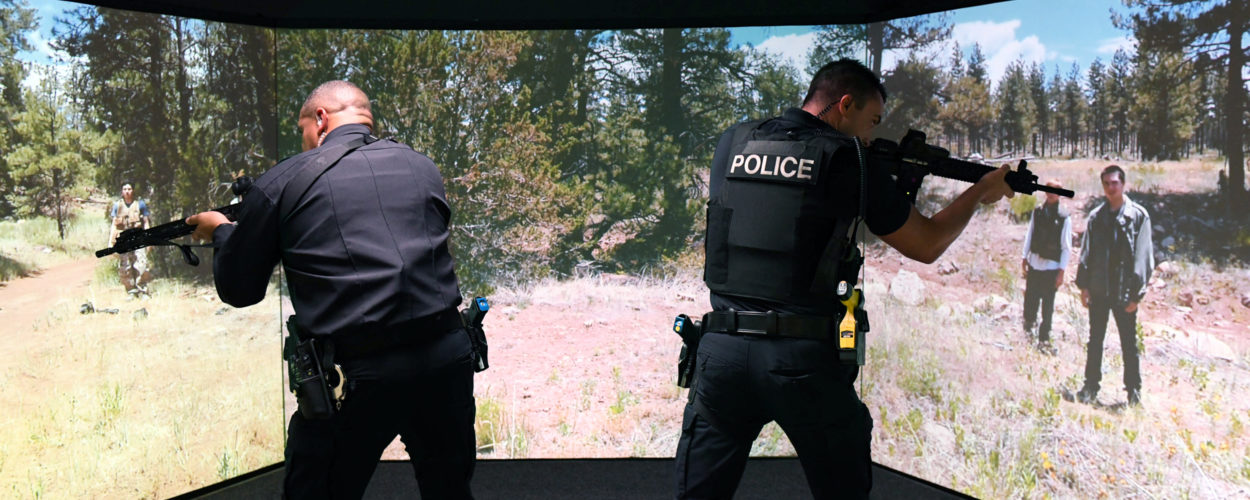
If you are an instructor, how would you create a scenario filled with the most stimuli? For example, consider a home environment where there is a couple fighting, in addition to other objects vying for attention: a phone ringing in the background, a pot of boiling water on the stove, a child crying in the next room over, and so forth.
Depending on how well trained a trainee is, a loud, complicated environment such as this can be incredibly beneficial or do more damage than good.
For trainees with more experience and understanding, training in this manner is an excellent way to prepare them for the field. However, for newer trainees who have never practiced the learned skill or are still new to the concept, the extra stimuli is too much.
A general rule of thumb is the more a trainee practices a given skill, the more stimuli and commands can be added to the training environment. One must learn to crawl, then walk, before running.
Teaching a Concept
Training time must be completely dedicated to training—focusing on understanding, implementing and acting on the taught skill or principle. Having too much unnecessary stimuli in the training environment can take away an individual’s ability and mental capacity to function. While this successfully tests older trainee’s abilities to perform, for newer trainees, this can create a training scar.
In creating the proper environment, instructors need to keep in mind that stimuli can be auditory, visual, physical or olfactory. Even though different stimuli trigger different responses, each can command one’s attention and should be balanced.
Consider this example: if you are driving to a new address, you may turn down the music to concentrate on finding your destination. Even though driving is a visual and physical skill, the auditory component is taking too much attention away. Yet, with time and practice, once you know how to reach that location, turning down the auditory component no longer becomes an issue.
While the example is simple, the same principle applies to police training. When a trainee engages in a new skill, the first few times should be in a location devoid of extra stimulus, thus freeing their working memory and increasing their ability to concentrate. After these skills are understood and practiced, only then is it time to test the trainee in a realistic, over-stimulated environment.
Perfecting a Concept
VirTra’s V-300® is the best simulated environment to practice in this manner. Its five screens and 300-degrees successfully immerse trainees in the chosen scenario, with stimuli coming in from all sides. The high-quality graphics, professional actors and extensive realistic branching options aid in creating the most realistic environment for skill transfer.
Training this way immerses trainees in various auditory and visual stimuli as they concentrate on completing the scenario. However, this does not apply strictly to academies—departments can also benefit by this form of training. Police officers can brush up on perishable, critical or new skills in an environment that mimics situations they may come across in the field.
Instructors can utilize a multi-screen simulator to practice scenarios with the most realistic environments. Teach trainees critical skills that transfer to the field with VirTra. Learn how your academy or department can implement this technology by contacting a VirTra specialist.
Recently Published
Join Our Newsletter







